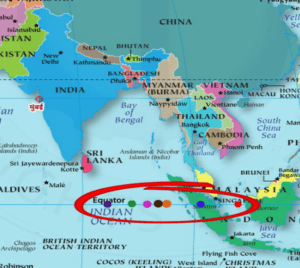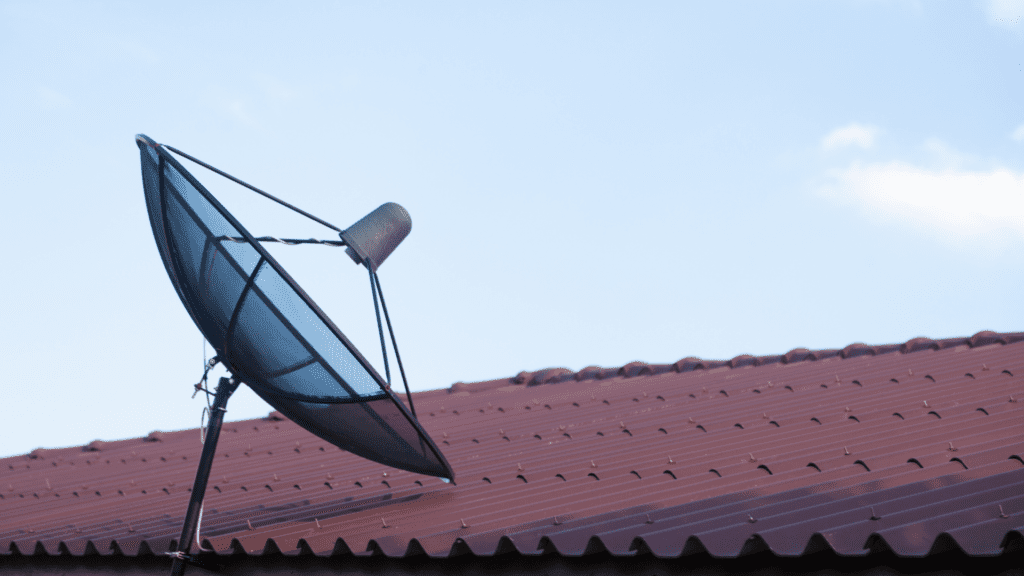Through the years the landscape of TV viewers has changed a lot. Starting in the early 1990s when satellite television first appeared on the market, home dishes were large, expensive metal units that took up a lot of yard space. To install their own dish, only the most die-hard TV fans would bother in those early days. Satellite TV technology has evolved over the years, it has already become a popular choice for many TV viewers.
Let us understand more about the channels we watch on TV. These channels are because of all artificial satellites. Among all the satellites, the GSAT satellites are owned by ISRO and the rest by foreign companies.
Satellites are:
Dish TV – NSS6, AsiaSAT5, GSAT15
Sun Direct – MEASAT 3, GSAT15
Airtel Digital – SES7
D2H (formerly Videocon) – ST2
Tata Sky – GSAT10
DD channels – GSAT15
All these satellites are of the Geostationary type. This means that their speed is equal to the speed of rotation of the earth and they are fixed on the earth’s cosmic circle. So they seem to be fixed in the sky, which is what we need. For example, if two drivers are traveling at the same speed, they chat while driving because they are more stable with each other.
All the above satellites can carry messages all over India. Also, many other countries come in their phase. The accompanying picture shows the locations of your satellites.

GSAT10: Purple Dot (Tata Sky)
ST2: Green dot (D2H)
MEASAT3: Pink Dots (Sun Direct)
GSAT15: Brown Dots: DD, Dish, Sun Direct
NSS-6: Saffron Dots (Dish TV)
ASIASAT-5: Blue Dot (Dish TV)
SES-7: Red Dot (Airtel)
Why is the dish of Dish TV antenna is in the same direction?
These satellites are located at an altitude of about 36,000 km above the Indian Ocean in southeastern India. That is why the ‘dishes’ planted in Mumbai have to be placed facing the southeast sky. Their direction may change slightly from other places. It also varies depending on the cable service you use, as each operator uses a different satellite. If the satellite was not stationary with the Earth, the direction of the dish would have to be changed.
Differences between Geosynchronous and Geostationary Cells: Both satellites complete their orbits around the Earth at the same time but are not as stable as the Geosynchronous Earth, as the Geosynchronous orbit is slightly oblique to the equatorial circle.
GSAT10 was first released into geosynchronous orbit, then it was brought into geostationary orbit.
With the help of technological developments, we have come so far from Satellite TV channels to Smart TV and today’s TV apps. Stay tuned as we discuss how the TV industry has evolved.
Image credits: https://www.burningcompass.com/continents/asia/asia-map-hd.html
Reference –
https://www.space.com/29222-geosynchronous-orbit.html
